
Siem Reap: Gateway to Ancient Wonders and Vibrant Culture
Discover Siem Reap: The Gateway to Angkor Wat, rich Khmer heritage, bustling night markets, and the unique floating villages on Tonle Sap Lake.
Siem Reap Province in Cambodia is a treasure trove of history and culture. Known as the gateway to the legendary Angkor Wat, this region offers much more than its iconic temples. Visitors can explore the rich tapestry of Khmer heritage, from ancient ruins to traditional dances and craft markets. The Angkor Archaeological Park is undoubtedly the star attraction. Spanning over 400 square kilometers, it houses the magnificent Angkor Wat, Bayon Temple, and Ta Prohm, where nature and architecture intertwine. Sunrise and sunset visits to these temples provide magical photo opportunities and a deeper appreciation of their grandeur. Beyond the temples, Siem Reap has a bustling town center with charming cafes, lively night markets, and gourmet restaurants serving both local and international cuisines. The Old Market (Psar Chas) is a delightful place to shop for souvenirs, while Pub Street offers vibrant nightlife scenes. For a taste of local life, visit the floating villages on the Tonle Sap Lake. Here, you can witness stilted houses, floating schools, and markets that adapt to the ebb and flow of the water. The Cambodian Cultural Village and the Angkor National Museum are also worth a visit to understand more about the region's history and traditions.
Local tips in Siem Reap Province
- Wear comfortable shoes as exploring the temples involves a lot of walking and climbing.
- Visit Angkor Wat at sunrise for a stunning view and to avoid the midday heat.
- Carry water and stay hydrated, the climate can be very hot and humid.
- Respect local customs; dress modestly, especially when visiting temples.
- Bargain politely at markets; it's a common practice and can be enjoyable.
- Use local tuk-tuks for short distances; they are inexpensive and provide a fun way to explore the town.
Siem Reap: Gateway to Ancient Wonders and Vibrant Culture
Siem Reap Province in Cambodia is a treasure trove of history and culture. Known as the gateway to the legendary Angkor Wat, this region offers much more than its iconic temples. Visitors can explore the rich tapestry of Khmer heritage, from ancient ruins to traditional dances and craft markets. The Angkor Archaeological Park is undoubtedly the star attraction. Spanning over 400 square kilometers, it houses the magnificent Angkor Wat, Bayon Temple, and Ta Prohm, where nature and architecture intertwine. Sunrise and sunset visits to these temples provide magical photo opportunities and a deeper appreciation of their grandeur. Beyond the temples, Siem Reap has a bustling town center with charming cafes, lively night markets, and gourmet restaurants serving both local and international cuisines. The Old Market (Psar Chas) is a delightful place to shop for souvenirs, while Pub Street offers vibrant nightlife scenes. For a taste of local life, visit the floating villages on the Tonle Sap Lake. Here, you can witness stilted houses, floating schools, and markets that adapt to the ebb and flow of the water. The Cambodian Cultural Village and the Angkor National Museum are also worth a visit to understand more about the region's history and traditions.
When is the best time to go to Siem Reap Province?
Iconic landmarks you can’t miss
Angkor Wat
Explore the iconic Angkor Wat, the largest religious monument in the world, where breathtaking architecture and rich history come together in Cambodia.
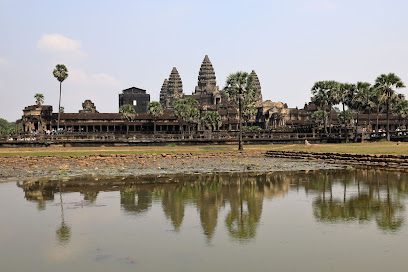
Bayon Temple
Discover the majestic Bayon Temple in Siem Reap, where ancient artistry meets spiritual serenity amidst the wonders of Cambodia's rich heritage.
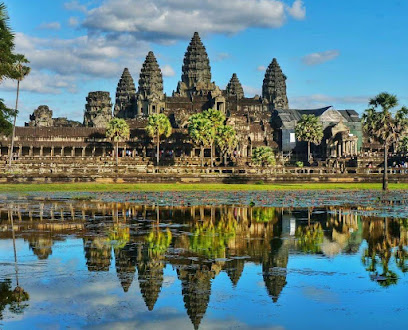
Ta Prohm Temple
Explore the mystical Ta Prohm Temple in Cambodia, where ancient ruins meet nature's artistry in a breathtaking display.
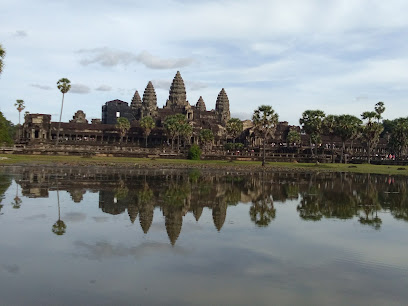
Phare, The Cambodian Circus
Discover the heart and soul of Cambodia at Phare, The Cambodian Circus – a mesmerizing blend of acrobatics, music, and culture.
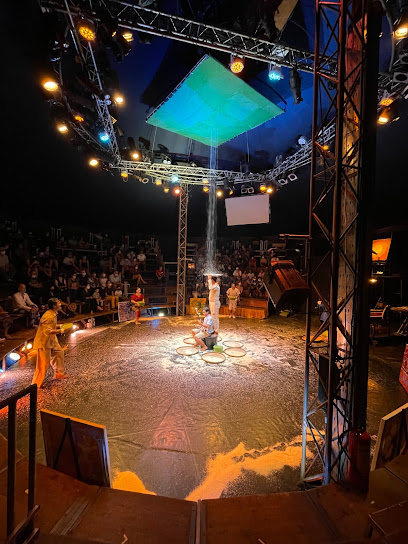
Angkor National Museum
Discover the rich heritage of the Khmer Empire at the Angkor National Museum, an essential stop for culture and history enthusiasts in Siem Reap.

Prasat Preah Khan
Explore the ancient ruins of Prasat Preah Khan, a stunning Buddhist temple and archaeological site in Siem Reap, Cambodia, rich in history and artistry.

Pre Rup temple
Discover the enchanting Pre Rup Temple, a historical gem in Cambodia's Angkor Archaeological Park, showcasing the brilliance of Khmer architecture.
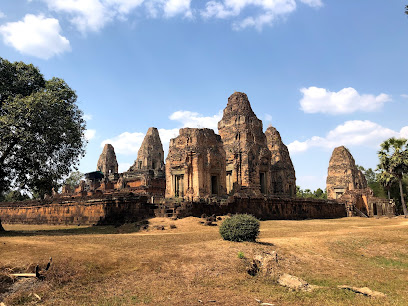
Artisans Angkor
Explore the rich traditions of Cambodian craftsmanship at Artisans Angkor, a must-visit cultural gem in Siem Reap.
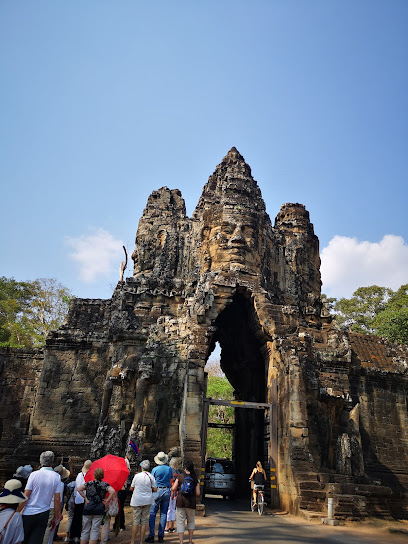
Cambodian Cultural Village
Discover Cambodia's vibrant culture and history at the Cambodian Cultural Village, an enchanting park and museum in Siem Reap.
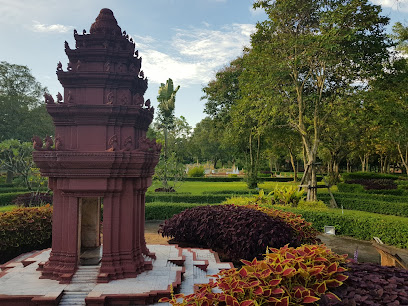
Prasat Beng Mealea
Uncover the hidden gem of Prasat Beng Mealea, a historical landmark rich in Khmer heritage and serene beauty, perfect for adventurers and history lovers alike.
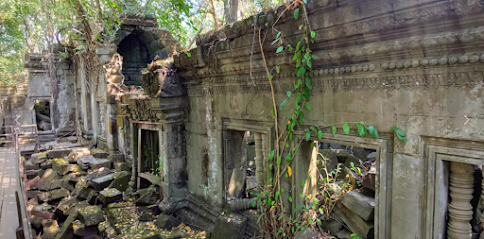
Banteay Srei Temple
Explore the breathtaking Banteay Srei Temple, a masterpiece of Khmer architecture with intricate carvings and a rich historical legacy.
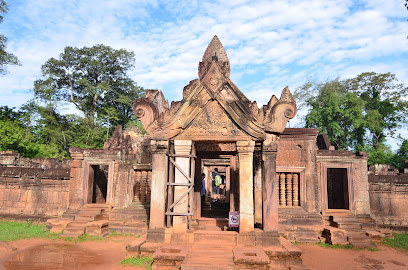
Made in Cambodia Market
Explore the vibrant Made in Cambodia Market, a unique handicraft fair where local artisans showcase their exquisite handmade creations.

Banteay Kdei
Discover the serene beauty of Banteay Kdei, a hidden gem within Angkor Archaeological Park, showcasing Cambodia's rich cultural heritage and stunning Khmer architecture.
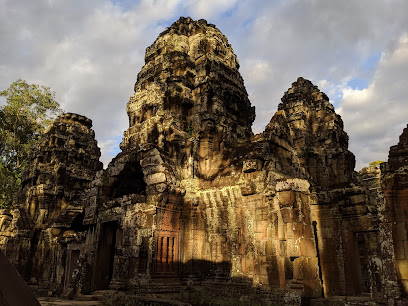
Ta Som
Discover the serene beauty and rich history of Ta Som, a captivating Buddhist temple nestled within the enchanting Angkor Archaeological Park.
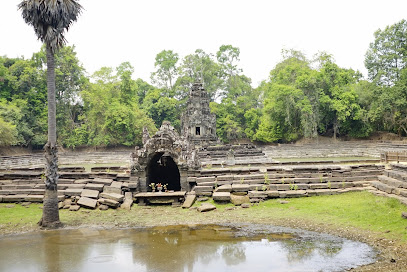
Banteay Samre
Discover the timeless beauty of Banteay Samre, a hidden gem of Hindu architecture and Cambodian history in Siem Reap.
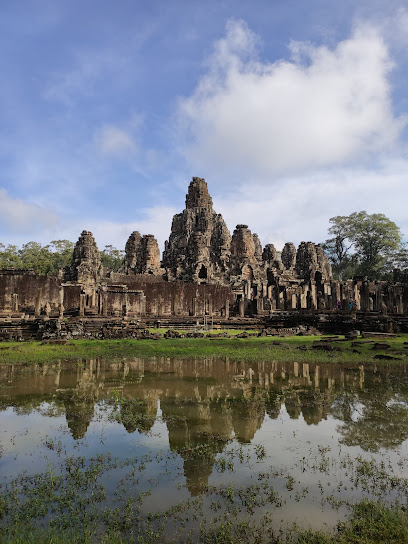
Unmissable attractions to see
Baphuon
Discover the grandeur of Baphuon, a stunning 11th-century Hindu temple in Angkor Archaeological Park, showcasing exquisite Khmer architecture and rich history.
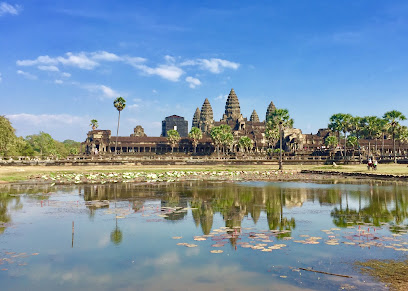
ArtBox
Discover the creativity of Cambodia at ArtBox in Siem Reap, an art center and museum that showcases local talent and cultural vibrancy.
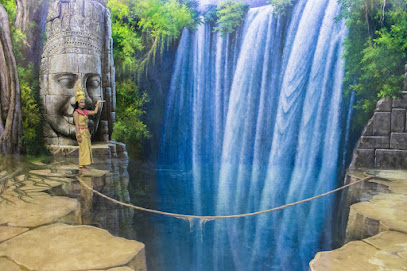
កញ្ចុះតាមមាត់ទឹក បារាយទឹកថ្លា
Explore Krong Siem Reap, the vibrant gateway to Angkor Wat, rich in history, culture, and unforgettable experiences for every traveler.
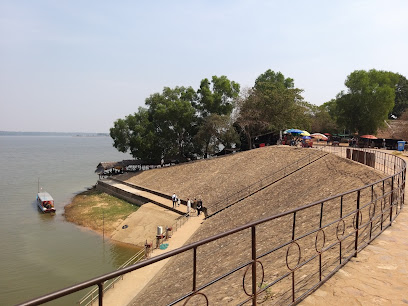
Pearaing Biodiversity Conservation Center
Explore the Pearaing Biodiversity Conservation Center in Krong Siem Reap, a serene escape for wildlife enthusiasts and a vital hub for conservation education.
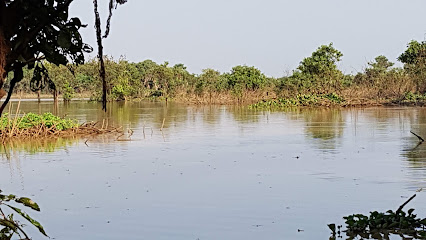
Tip Top Tuk Tuk Driver
Discover Siem Reap's rich culture and history with the iconic Tip Top Tuk Tuk experience, offering personalized tours and delightful local insights.
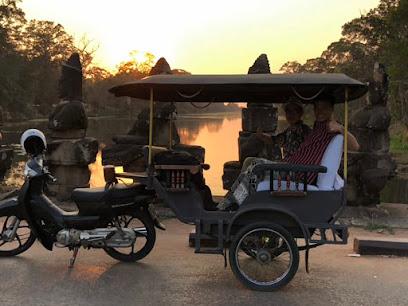
Bamboo Bridge In Siem Reap
Discover the bamboo bridge in Siem Reap, a stunning natural landmark showcasing local craftsmanship and serene beauty amidst Cambodia's rich culture.
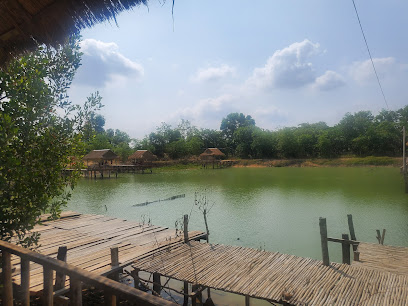
Fountain Dragons
Discover the captivating Fountain Dragons in Siem Reap, where art and mythology intertwine in breathtaking fountains and intricate sculptures.
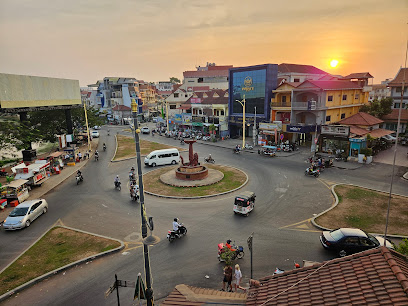
Ankor wat
Discover the grandeur of Angkor Wat, the largest religious monument in the world, a UNESCO World Heritage Site, and a symbol of Cambodia's rich history.

Guide francophone
Uncover the cultural treasures of Siem Reap with expert guidance at the Guide Francophone, where history and hospitality meet.
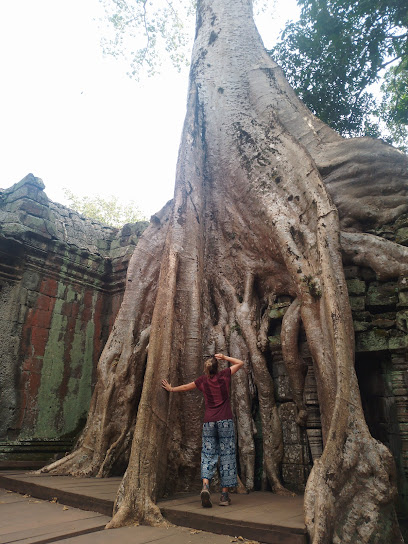
Angkor Camboja tour
Experience the breathtaking beauty and rich history of Angkor with expert-guided tours from Angkor Camboja, your premier tour operator in Siem Reap.
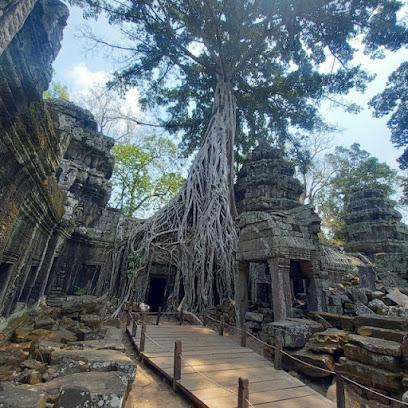
ស្ពានតាគ្រុយ
Discover the enchanting blend of history, culture, and adventure in Krong Siem Reap, Cambodia's gateway to the majestic Angkor Wat.
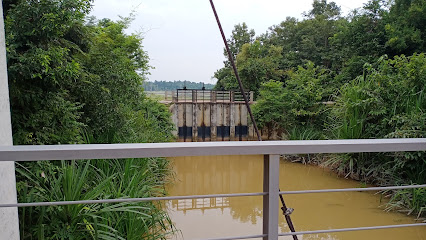
Essential places to dine
Khmer Kitchen Restaurant
Savor authentic Cambodian flavors at Khmer Kitchen Restaurant in Siem Reap - A must-visit culinary gem for every traveler.
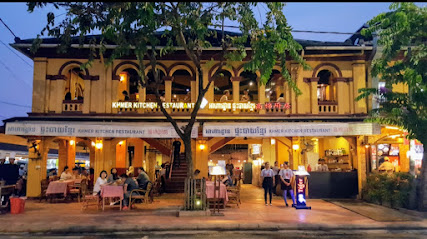
Khmer Grill
Discover authentic Cambodian flavors at Khmer Grill in Siem Reap – where tradition meets taste.
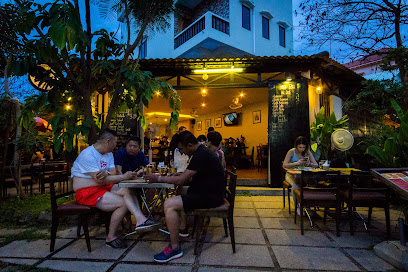
The Red Piano - Pub Street
Discover delicious cuisine and vibrant nightlife at The Red Piano on Pub Street in Siem Reap - a must-visit dining destination.
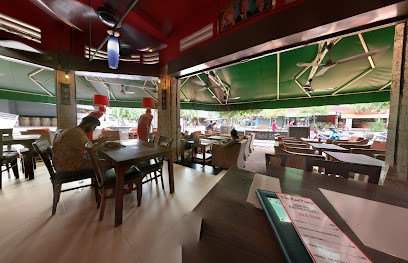
Sambo Khmer & Thai Restaurant
Experience authentic Cambodian and Thai cuisine at Sambo Khmer & Thai Restaurant in Siem Reap - where flavors meet tradition.
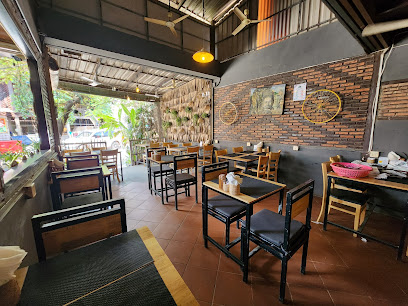
WILD - Creative Bar & Spring Rolls Restaurant
Discover culinary creativity at WILD - Siem Reap's premier spot for spring rolls and innovative cocktails.
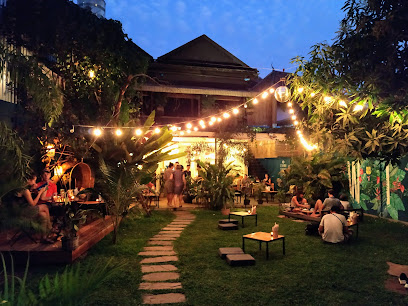
Chanrey Tree
Experience authentic Cambodian cuisine at Chanrey Tree in Siem Reap - where tradition meets flavor in every dish.
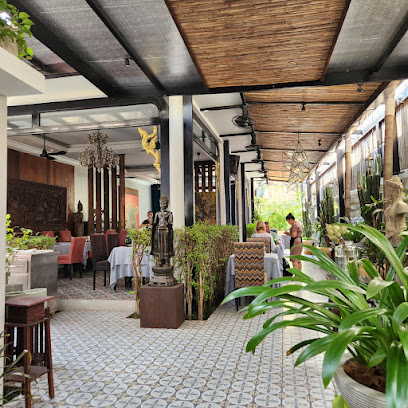
Malis Siem Reap
Experience the essence of Cambodia at Malis Siem Reap, where tradition meets modern fine dining in an elegant setting.
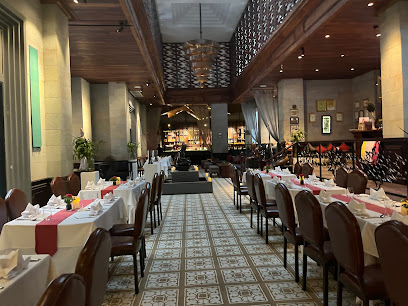
The Christa Restaurant & Bar
Experience authentic Cambodian cuisine at The Christa Restaurant & Bar in Krong Siem Reap—where delicious flavors meet warm hospitality.
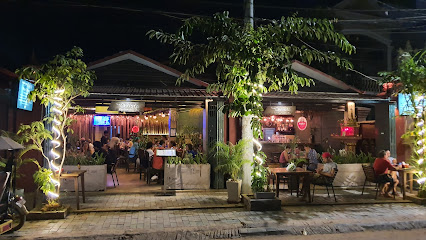
SPOONS Café & Restaurant
Experience the flavors of Cambodia at SPOONS Café & Restaurant while supporting local youth training programs.
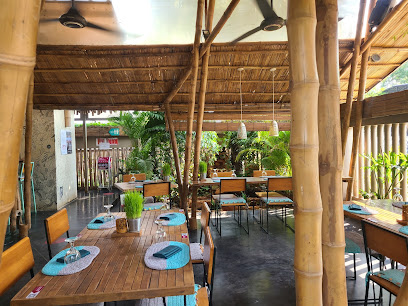
The Sugar Palm
Experience the essence of Cambodia at The Sugar Palm - where traditional flavors meet warm hospitality in Siem Reap.
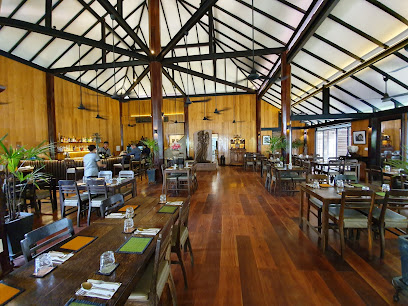
The Red Angkor Restaurant
Discover the rich flavors of Cambodia at The Red Angkor Restaurant in Siem Reap's vibrant night market.
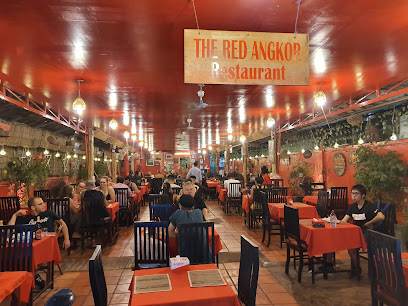
Embassy Khmer Gastronomy
Experience authentic Cambodian fine dining at Embassy Khmer Gastronomy in Siem Reap - where tradition meets innovation.
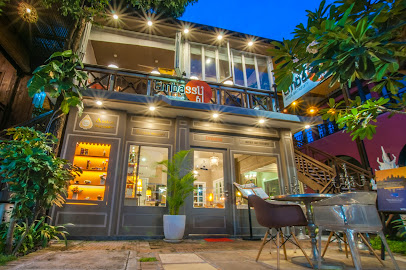
Restaurant Cuisine Wat Damnak - Siem Reap
Discover the artistry of Cambodian cuisine at Restaurant Cuisine Wat Damnak—where tradition meets modern culinary excellence.
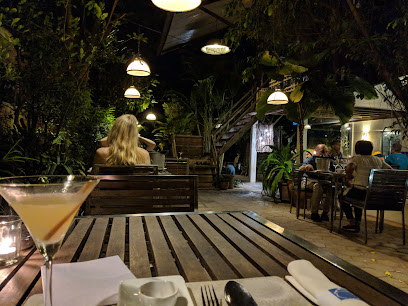
Nick Restaurant
Discover authentic Cambodian cuisine at Nick Restaurant in Krong Siem Reap - where every meal is a celebration of local flavors.
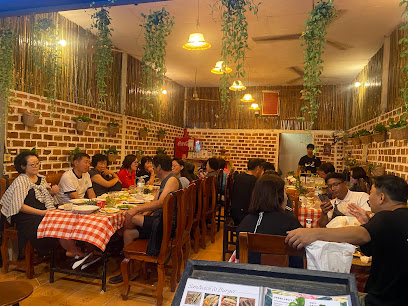
Olive Cuisine de Saison
Experience authentic French cuisine at Olive Cuisine de Saison in Siem Reap - where local flavors meet classic techniques.

Markets, malls and hidden boutiques
The Heritage Walk
Discover a vibrant shopping experience at The Heritage Walk in Siem Reap, offering diverse shops, delicious dining, and cultural events.
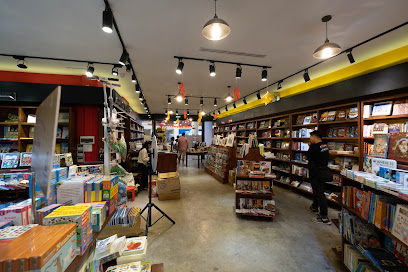
Angkor Market
Experience the vibrant Angkor Market in Siem Reap, where local culture meets delicious street food and unique shopping.
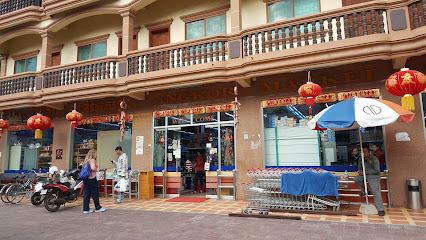
Sombai Cambodian Liqueur and souvenirs
Explore the exquisite world of handcrafted Cambodian liqueurs at Sombai, where tradition meets taste in every bottle.
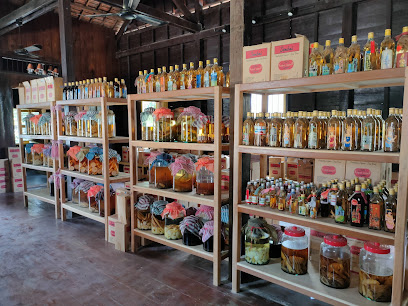
Senteurs d'Angkor (Old Market)
Explore the essence of Cambodia at Senteurs d'Angkor, where every souvenir tells a story and supports local artisans.
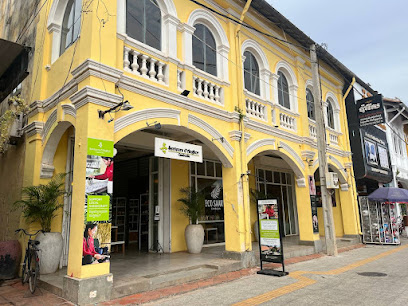
SATU Concept Store
Explore the vibrant SATU Concept Store in Krong Siem Reap for unique gifts and local craftsmanship that capture the spirit of Cambodia.

Ten11 Siem Reap
Explore vibrant fashion at Ten11 Siem Reap, where local craftsmanship meets contemporary style for unforgettable shopping experiences.
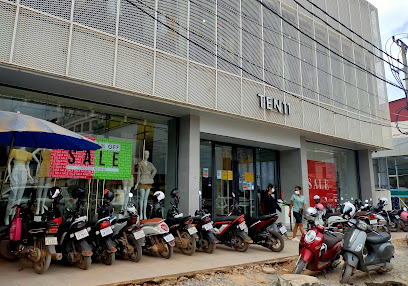
Brand INT Collection (Sivatha Road, Krong Siem Reap)
Discover the latest fashion trends at Brand INT Collection, the ultimate clothing store in Siem Reap, where style meets affordability.
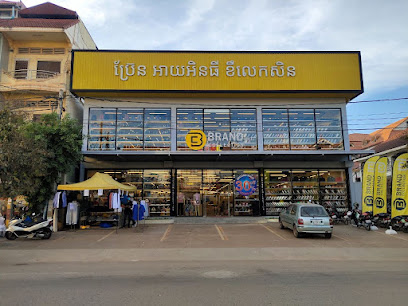
very berry
Explore Very Berry in Siem Reap for unique souvenirs and gifts that capture the heart of Cambodia's culture and craftsmanship.
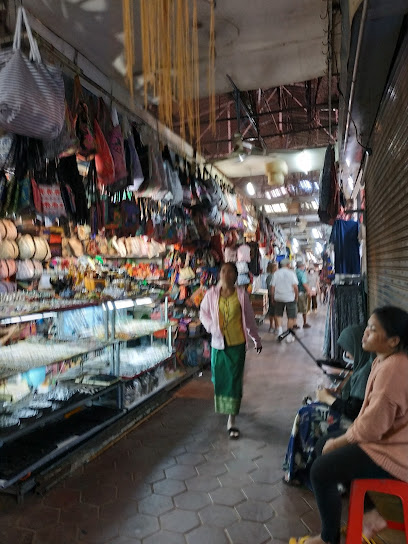
Garden of Desire (The Passage)
Explore the Garden of Desire in Krong Siem Reap for exquisite jewelry and unique gifts that celebrate Cambodian culture.
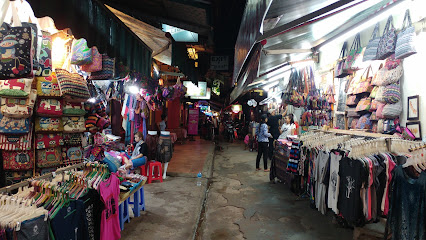
Jayav Art
Explore Jayav Art for authentic Cambodian souvenirs that reflect the rich culture and artistry of Siem Reap, perfect for memorable keepsakes.
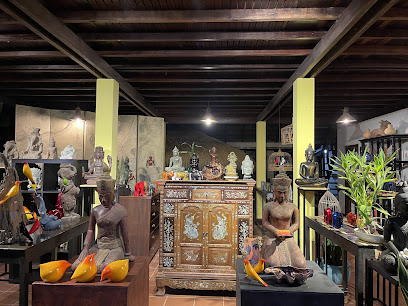
Miniso Shop
Explore Miniso Shop in Krong Siem Reap for trendy Japanese-inspired products, unique souvenirs, and delightful gifts in a vibrant shopping environment.

Sirivan Concept Store @ Kandal Village
Discover unique Cambodian fashion and souvenirs at Sirivan Concept Store in Kandal Village, Siem Reap.
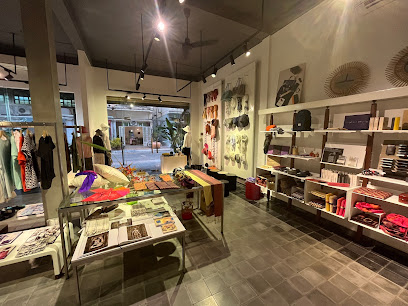
Shop 676
Discover unique handmade clothing and gifts at Shop 676 in Krong Siem Reap, where local craftsmanship meets vibrant style.
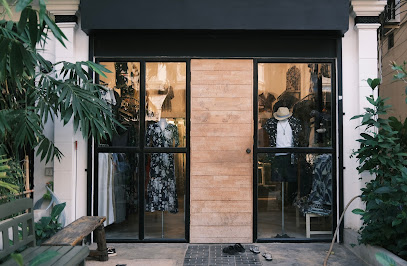
Chum Theany Angkor Souvenir Shop
Explore authentic Cambodian handicrafts and unique souvenirs at Chum Theany Angkor Souvenir Shop in Siem Reap.
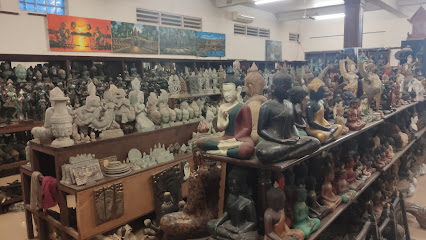
SALASUSU Old Market Shop
Explore unique Cambodian handicrafts and souvenirs at SALASUSU Old Market Shop in Siem Reap, a cultural gem for every traveler.
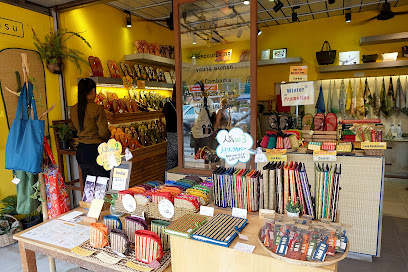
Essential bars & hidden hideouts
WILD - Creative Bar & Spring Rolls Restaurant
Experience innovative spring rolls and creative tapas at WILD, a vibrant restaurant and cocktail bar in Siem Reap that delights every palate.
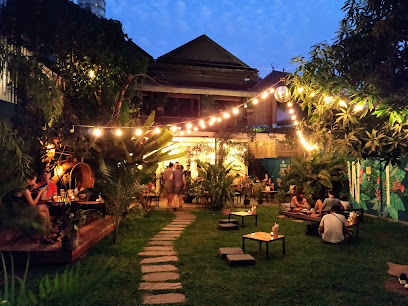
Miss Wong Cocktail Bar
Unwind at Miss Wong Cocktail Bar, where creative cocktails and authentic dim sum meet in a stylish, vibrant atmosphere in Krong Siem Reap.

The Angkor What? Bar
Experience the vibrant nightlife of Siem Reap at The Angkor What? Bar, where fun meets culture in a lively atmosphere.
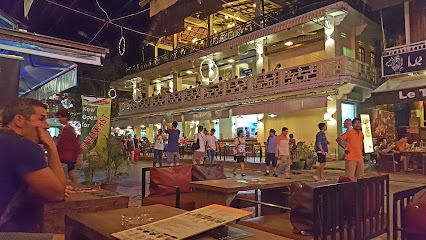
Barcode Bar Siem Reap
Discover Siem Reap's nightlife at Barcode Bar, where unique cocktails and a vibrant atmosphere await you after a day of adventure.

ASANA OLD WOODEN HOUSE Cocktail Bar
Discover the enchanting Asana Old Wooden House in Siem Reap, where unique cocktails meet a cozy atmosphere and delightful Asian cuisine.
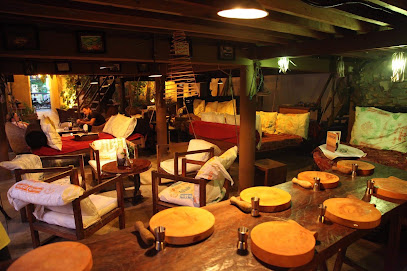
Beatnik Speakeasy
Experience the vibrant nightlife of Siem Reap at Beatnik Speakeasy, a hidden gem offering innovative cocktails and a cozy atmosphere.
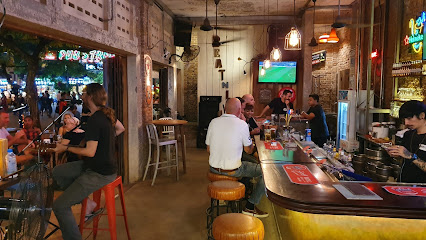
Laundry
Discover Siem Reap's lively music scene at Laundry, where great vibes, affordable drinks, and fantastic live performances come together.
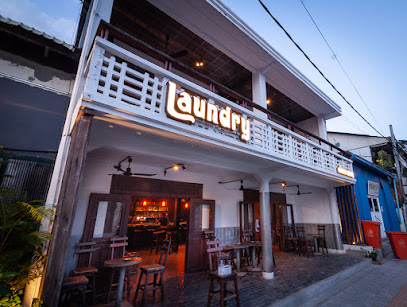
Picasso Bar
Discover Picasso Bar, an artistic nightlife gem in Siem Reap, offering vibrant decor, diverse cocktails, and a lively atmosphere perfect for travelers.
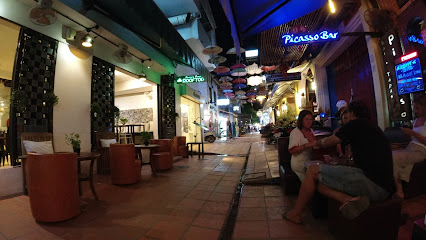
Somaha Restaurant and Wine Bar
Experience the exquisite flavors of Cambodia and beyond at Somaha Restaurant and Wine Bar, the ultimate dining destination in Siem Reap.
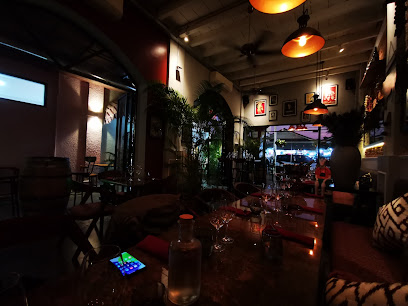
Long's Bar
Discover the vibrant atmosphere and unique cocktails at Long's Bar, a must-visit destination in Siem Reap for travelers and locals alike.
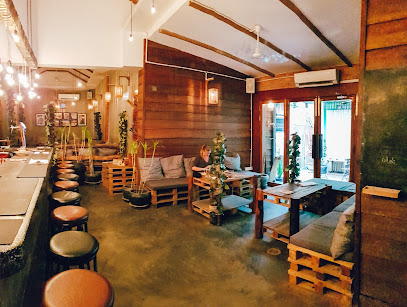
Cozy Bar
Discover the vibrant energy of Cozy Bar in Siem Reap, where affordable drinks and a friendly atmosphere await every traveler.
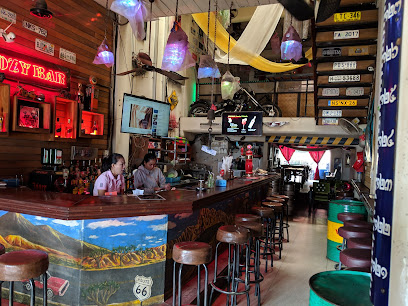
Infusion bar
Sip on unique cocktails in the heart of Krong Siem Reap at Infusion Bar, where mixology meets vibrant nightlife.
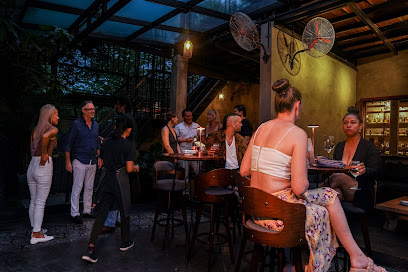
Charms Cambodia
Discover the electrifying nightlife of Charms Cambodia, a vibrant bar and disco in the heart of Krong Siem Reap, where unforgettable experiences await.

Welsh Consulate Siem Reap
Experience the vibrant atmosphere of Welsh Consulate Pub in Siem Reap, where local culture meets Welsh charm in a perfect blend of fun and relaxation.
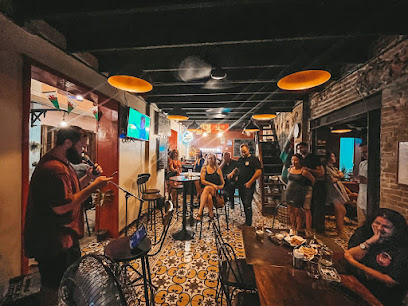
Creative Cocktails
Discover the vibrant cocktail culture of Krong Siem Reap at Creative Cocktails, where every sip is a unique blend of local flavors and mixology mastery.
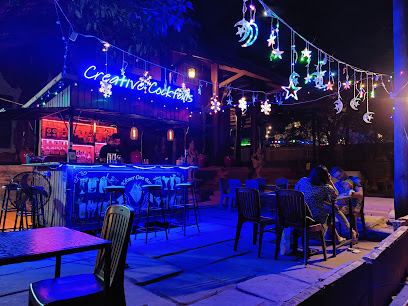
Local Phrases about Siem Reap Province
-
- Helloជំរាបលំដាប់
[chomrap lamdab] - Goodbyeលាហួខ្លា
[lakhuakla] - Yesបាទ/បាទទេ
[baat/baat te] - Noទេ
[te] - Please/You're welcomeសូមអរគុណ
[som arkoun] - Thank youសូមអរគុណ
[som arkoun] - Excuse me/Sorryសូមអពករណ៍
[som apakrin] - How are you?អ្នកសណ្ឋាគមន៍បានប៉ុណ្ណ៍ឬ?
[nak santeakumne ban bon ork?] - Fine. And you?ស្អប៉ុណ្ណ៍, និងអ្នក?
[sabon ork, nung nak?] - Do you speak English?លោកអ្នកនិយាយអង្គស?
[lok nak niyeay angkear?] - I don't understandខុសមិនឃើញ
[kho som min khern]
- Helloជំរាបលំដាប់
-
- I'd like to see the menu, pleaseខុសបង់មូលទៅមើពិះ
[kho bon mul tov mep] - I don't eat meatខ្ញុំមិនចិញ្ញើក
[khnom min chhnoak] - Cheers!ជាំរាបលំដាប់!
[chomrap lamdab] - I would like to pay, pleaseខុសបញ្ជំវង់រូបខុស
[kho nchom voangrob kho]
- I'd like to see the menu, pleaseខុសបង់មូលទៅមើពិះ
-
- Help!ជាំរាបដាប់!
[chomrap dab] - Go away!ទិញសំលូញ!
[tean smaulon] - Call the Police!ហេតុធាបប៉ុណ្ណ៍!
[hettabap bon] - Call a doctor!ហេតុអ្នកជន!
[het nak chun] - I'm lostខុសភ្ញៀវ
[kho pnea] - I'm illខុសជើងគាត់
[kho chernkeat]
- Help!ជាំរាបដាប់!
-
- I'd like to buy...ខុសទិញ...
[kho tean...] - I'm just lookingខុសមើផ្នែក
[kho mep phneak] - How much is it?តើវ៉ិញហេនទៅ?
[te vean hen tov?] - That's too expensiveនេះទៅគិតជាថ្មីសូម្ពិះ
[neh tov kit chea thom somph] - Can you lower the price?តិព្មិនអរគុណបង់ថ្មី?
[tupman arkoun bon thom?]
- I'd like to buy...ខុសទិញ...
-
- What time is it?ម៉េរបង់ម៉េរ?
[mer bon mer?] - It's one o'clockវ៉ិញហេនម្មូរស៍
[vean hen mumbos] - Half past (10)ចុចជើងគត់(១០)
[chuchernkhet(10)] - Morningព្រឹក
[prek] - Afternoonល្ងាច
[lingca] - Eveningយប់
[yob] - Yesterdayម្ខាងល្ងាច
[mkaeng lingca] - Todayថ្ងៃស្អប៉ុណ្ណ៍
[ta saphon ork] - Tomorrowស្អប៉ុណ្ណ៍
[saphon ork] - 1១
[1] - 2២
[2] - 3៣
[3] - 4៤
[4] - 5៥
[5] - 6៦
[6] - 7៧
[7] - 8៨
[8] - 9៩
[9] - 10១០
[10]
- What time is it?ម៉េរបង់ម៉េរ?
-
- Where's a/the...?នយោខ្ញុំមាន...?
[naokhnom mien...?] - What's the address?សេចមានអាសយដ្ឋាន?
[sechmien asyatadanh] - Can you show me (on the map)?តិព្មិនទទើលខ្ញុំ(នៅលើផែយស៍)?
[tupman tutiel khnom(na ler pes)] - When's the next (bus)?នោយនេហទទើលក្រុងរបស៍?
[noyneh tutiel krongrobs] - A ticket (to ....)សិរីកម្មន្ដ(ទៅ...)
[serikmamot(tov...)]
- Where's a/the...?នយោខ្ញុំមាន...?
History of Siem Reap Province
-
Angkor Wat, constructed in the early 12th century by King Suryavarman II, is the most iconic symbol of Cambodia. Originally dedicated to the Hindu god Vishnu, it later became a Buddhist temple. The complex is renowned for its massive scale, intricate bas-reliefs, and stunning architecture. It remains one of the largest religious monuments in the world, reflecting the grandeur and ingenuity of the Khmer Empire.
-
The history of Siem Reap Province is deeply intertwined with the rise of the Khmer Empire, which began with Jayavarman II's declaration of independence from Java in 802 AD. He proclaimed himself the universal monarch (Chakravartin) and established the foundation for the Angkorian civilization, which would dominate Southeast Asia for centuries.
-
Constructed in the late 12th century by King Jayavarman VII, Bayon Temple is famed for its enigmatic smiling faces carved into its towers. These faces are believed to represent the king himself or the Bodhisattva Avalokiteshvara. Bayon serves as the centerpiece of the ancient city of Angkor Thom and symbolizes the zenith of Khmer architectural and artistic achievement.
-
Built in the late 12th century by King Jayavarman VII as a Buddhist monastery and university, Ta Prohm is unique for the way nature has reclaimed its structures. Massive trees grow from the ruins, their roots intertwining with the stone, creating a haunting and picturesque scene that has captivated visitors and filmmakers alike.
-
By the 15th century, the Khmer Empire began to decline due to a combination of factors including internal strife, economic hardship, and invasions by neighboring kingdoms such as the Siamese. The capital was eventually moved to Phnom Penh, and Angkor was abandoned, leading to centuries of neglect until its rediscovery by Western explorers in the 19th century.
-
In the 19th century, French explorers and scholars played a crucial role in rediscovering and documenting the Angkor ruins. This led to a renewed interest in Cambodia's ancient history and the eventual establishment of French colonial rule. The École Française d'Extrême-Orient (EFEO) was instrumental in the restoration and preservation of Angkor's temples.
-
From 1975 to 1979, Cambodia was under the brutal rule of the Khmer Rouge, led by Pol Pot. This regime resulted in the deaths of an estimated 1.7 million people. Siem Reap, like the rest of the country, suffered greatly during this period. The temples of Angkor, however, were mostly spared from destruction and looting, preserving their historical and cultural significance.
-
Today, Siem Reap Province is a bustling tourist destination, serving as the gateway to the Angkor Archaeological Park. The city of Siem Reap has grown to accommodate the influx of visitors, with its vibrant markets, cultural performances, and hospitality industry. Despite modern developments, the province remains deeply connected to its historical roots, offering a unique blend of ancient heritage and contemporary culture.
Siem Reap Province Essentials
-
Siem Reap Province is accessible via Siem Reap International Airport (REP), which offers both international and domestic flights. Major airlines operate direct flights from various Asian cities, including Bangkok, Kuala Lumpur, Singapore, and Ho Chi Minh City. Alternatively, you can reach Siem Reap by bus from Phnom Penh or other Cambodian cities. The journey from Phnom Penh typically takes around 6-7 hours by road.
-
Once in Siem Reap, getting around is relatively easy. Tuk-tuks are the most popular mode of transportation for tourists and are readily available. They are affordable and convenient for short distances. For longer trips, taxis and car rentals are also available. Bicycles and motorbikes can be rented for a more adventurous experience. Public buses are limited, but some routes connect the main town with outlying areas.
-
The official currency in Cambodia is the Cambodian Riel (KHR), but the US Dollar (USD) is widely accepted, especially in tourist areas like Siem Reap. ATMs dispensing both currencies are available throughout the province. Credit cards are accepted in most hotels, restaurants, and larger shops, but it's advisable to carry cash for smaller establishments and markets.
-
Siem Reap is generally safe for tourists, but it's important to remain vigilant. Petty crimes like pickpocketing and bag snatching can occur, especially in crowded areas such as the Old Market and Pub Street. Avoid walking alone at night in poorly lit areas. Always keep your valuables secure and be cautious when using ATMs.
-
In case of an emergency, dial 117 for police assistance and 119 for medical emergencies. Siem Reap Provincial Hospital and Royal Angkor International Hospital are among the main medical facilities available. It's recommended to carry travel insurance that covers medical emergencies. Pharmacies are widely available for minor health issues.
-
Fashion: Do dress modestly, especially when visiting temples. Cover your shoulders and knees. Avoid wearing revealing clothing. Religion: Do respect local customs and traditions. Remove your shoes when entering temples and pagodas. Public Transport: Do be respectful and patient. Tuk-tuk drivers appreciate small tips. Don't haggle aggressively. Greetings: Do greet people with a slight bow and a 'Sampeah' (hands pressed together in a prayer-like gesture). Eating & Drinking: Do try local delicacies and accept food offerings graciously. Don't waste food, as it is considered disrespectful.
-
To experience Siem Reap like a local, visit the local markets such as Phsar Leu Thom Thmey for fresh produce and traditional Cambodian goods. Engage with locals; they are often friendly and willing to share stories about the region's heritage. Don't miss the early morning visit to Angkor Wat to catch the sunrise. For a unique experience, take a boat tour on Tonle Sap Lake to see floating villages and local life.
Trending Landmarks in Siem Reap Province
Nearby Cities to Siem Reap Province
-
Things To Do in Battambang
-
Things To Do in Trat
-
Things To Do in Phnom Penh
-
Things To Do in Ubon Ratchathani
-
Things To Do in Kratie
-
Things To Do in Koh Kong
-
Things To Do in Champasak
-
Things To Do in Pakse
-
Things To Do in Nakhon Ratchasima
-
Things To Do in Sihanoukville
-
Things To Do in Koh Rong
-
Things To Do in Kampot
-
Things To Do in Kep
-
Things To Do in Rayong
-
Things To Do in Phu Quoc













